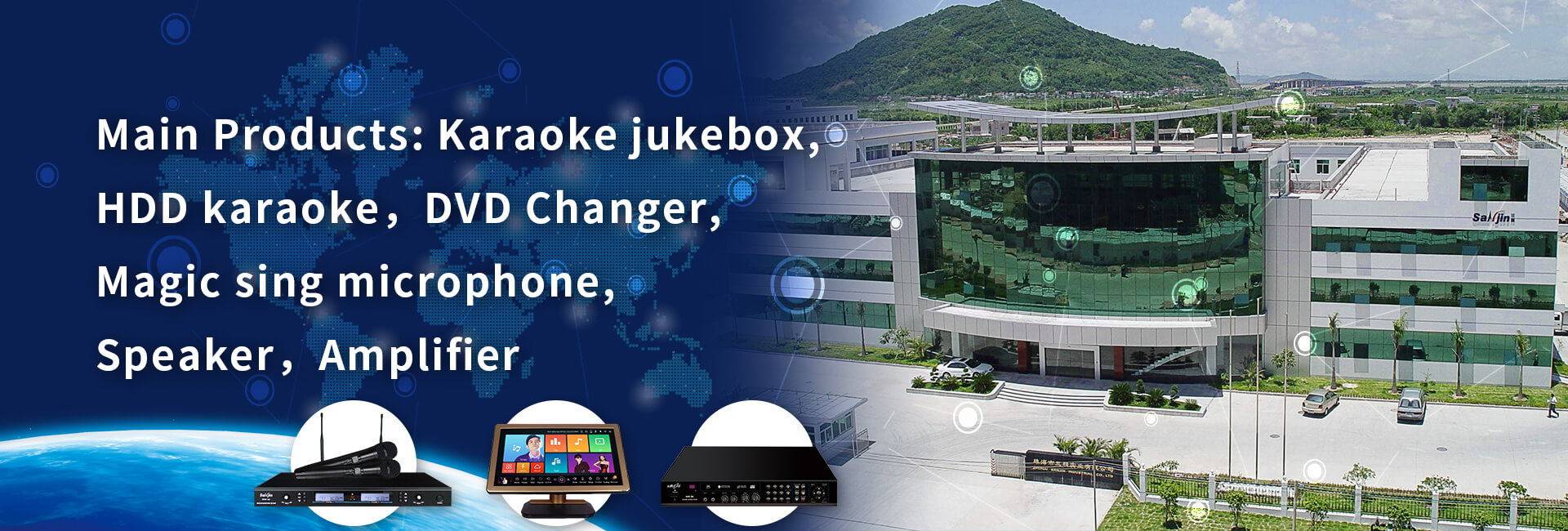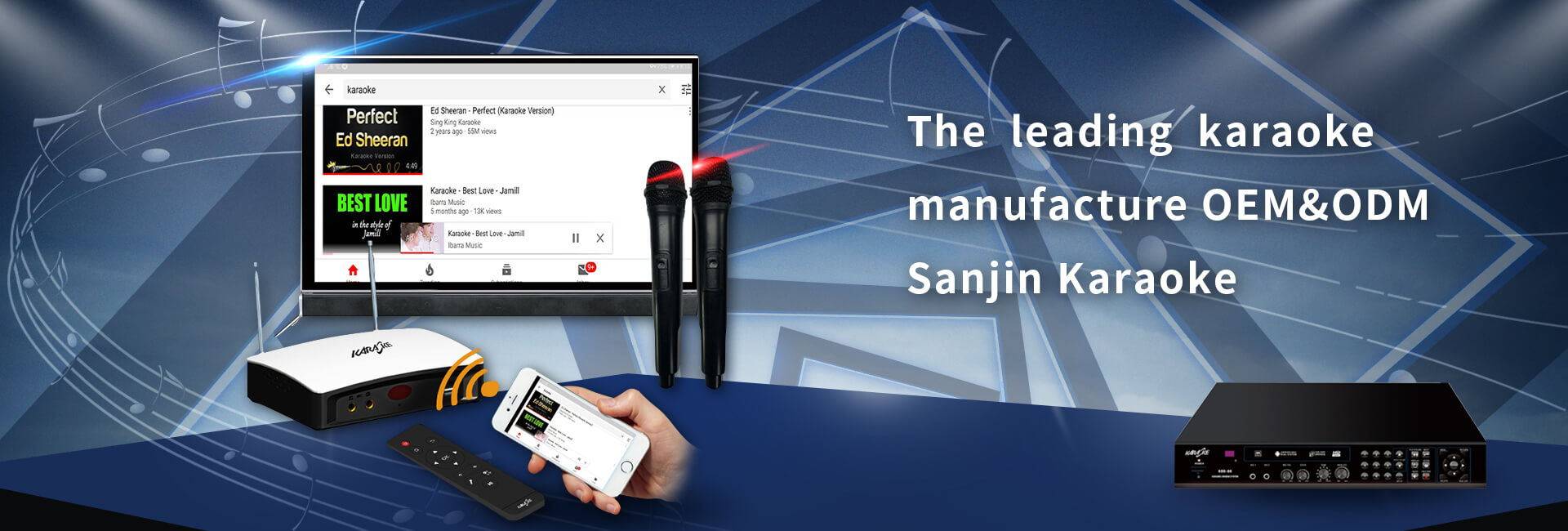Some people say that the perfect recording environment is outdoors, followed by the indoor environment after acoustic processing, so that the sound will not be disturbed by the indoor environment when recording or listening.
After the sound waves are generated indoors, they will radiate to the six sides of the room, then reflect back and interact with each other, just like ripples in a pool.
We don’t need uncontrolled effects, uncontrolled effects, it is difficult for us to determine whether we get the correct sound. Generally speaking, there are three types of sound wave reflection: axial positive axis, tangential tangent and oblique angle, all of which are related to the direction in which indoor sound is reflected from hard surfaces.
The biggest impact on sound is the positive axis reflection, that is, the reflection of the sound from the wall to the opposite wall, from the ceiling to the floor. However, the normal axis reflection is not the only trouble maker, and the corner reflection also causes a big problem. The inverted corners will significantly increase the volume of the bass frequencies in the room, making us mistakenly believe that there is so much bass frequency energy in the actual music content. Therefore, sound control should include the treatment of indoor surfaces and corners.
Unless the sound is well controlled, the reflected sound is detrimental to proper recording and monitoring. With the current high level of sound quality, the noise of electronic equipment is very small. Therefore, the sound insulation/sound absorption control of our room becomes particularly important. Many acoustic consultants have invested millions to complete important projects. What tools should be used to control the sound? Especially if we don’t have that much budget, what should we do? Generally, we can achieve our goal by controlling indoor sound waves by means of sound absorption and diffusion.
Different indoor environments, such as: home theater, recording studio, control room, recording studio, singing room, church, etc. There should be different suggested acoustic design options. In general, some people think that changing the surface of the room to completely absorb or diffuse the sound is the only way to make the room sound better, but this is not the case. Of course, some indoor environments require special methods to achieve optimal control.
Post time: Jan-13-2022





